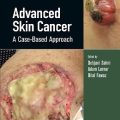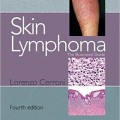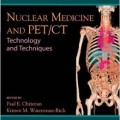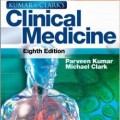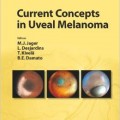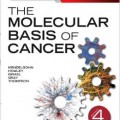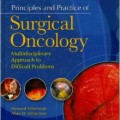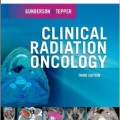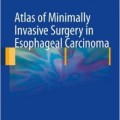دانلود کتاب درماتوسکوپی تومورهای پوست غیر رنگی
Dermatoscopy of Non-Pigmented Skin Tumors: Pink – Think – Blink
In the realm of non-melanoma skin cancer, which is usually non-pigmented, dermoscopy offers today a reliable tool not only for the diagnosis but also for the monitoring of the treatment outcome after topical therapy. Written by international experts, this text shows those already using the technique in dermatology or family practice how to extend its uses to non pigmented skin tumors.
Features
- Details how to use dermoscopy for early diagnosis of non-pigmented skin lesions
- Discusses the technical aspects of how to perform dermoscopy of non-pigmented skin lesions
- Covers clinical assessment, vascular morphologies, and vascular arrangements
- Highlights the diagnostic significance of specific patterns
Summary
Although many skin lesions are pigmented, Dermatoscopy of Non-pigmented Skin Tumors: Pink – Think – Blink addresses non-pigmented lesions, which may be more difficult to diagnose. It discusses dermatoscopy not only as a reliable tool for diagnosis, but also for the monitoring of treatment outcomes following topical therapy.
The clinical diagnosis of non-pigmented skin lesions is one of the most challenging in the daily routine. To arrive at a correct diagnosis—or at least an adequate management plan—the clinician needs to collect many pieces of information and put them together like a puzzle. Illustrated with nearly 200 color clinical and dermatoscopic photographs, this book is an invaluable guide for clinicians striving to solve the diagnostic puzzle and correctly identify non-pigmented lesions.
Contents
Chapter 1: Physics of polarized and nonpolarized dermoscopy and digital photography
Chapter 2: Instrument-dependent criteria
Chapter 3: Metaphoric and descriptive language in dermoscopy: Lessons from the cognitive sciences
Chapter 4: How to perform dermoscopy of non-pigmented skin lesions
Chapter 5: How to assess a given non-pigmented lesion
Chapter 6: Clinical assessment
Chapter 7: Vascular morphologies
Chapter 8: Vascular arrangements
Chapter 9: Specific patterns
Chapter 10: Dermatoscopic clues in non-pigmented lesions
Chapter 11: The influence of tumor thickness on the vascular morphologies
Chapter 12: Intradermal nevi (including Unna and Miescher types)
Chapter 13: Clark nevi in fair skin types
Chapter 14: Spitz nevi
Chapter 15: Atypical Spitzoid neoplasms (atypical Spitz nevi, atypical Spitz tumors, Spitzoid melanoma): A dinicopathological update
Chapter 16: Nevi in patients with Bapl germ line mutation, red-hair polymorphism, and albinism
Chapter 17: Amelanotic melanoma
Chapter 18: Hypomelanotic melanoma
Chapter 19: Cutaneous melanoma metastases
Chapter 20: Sebaceous hyperplasia
Chapter 21: Seborrheic keratosis
Chapter 22: Dermatofibromas
Chapter 23: Angioma, pyogenic granuloma, angiokeratoma
Chapter 24: Benign adnexal lesions
Chapter 25: Basal cell carcinoma
Chapter 26: Keratinocyte skin cancer
Chapter 27: Dermoscopy of cutaneous neuroendocrine (“Merkel cell”) carcinoma
Chapter 28: Malignant vascular, adnexal, and fibrous tissue tumors
Chapter 29: Clues for the differential diagnosis of inflammatory lesions from tumoral lesions
Chapter 30: Dermoscopy for assessing surgical margins
Chapter 31: Dermoscopy in the treatment decision (surgical vs. topical)
Chapter 32: Dermoscopy for treatment monitoring (recurrence vs. clearance)
Chapter 33: Diagnostic clues and management rules
Chapter 34: Confocal microscopy in the diagnosis and management of non-pigmented skin tumors





